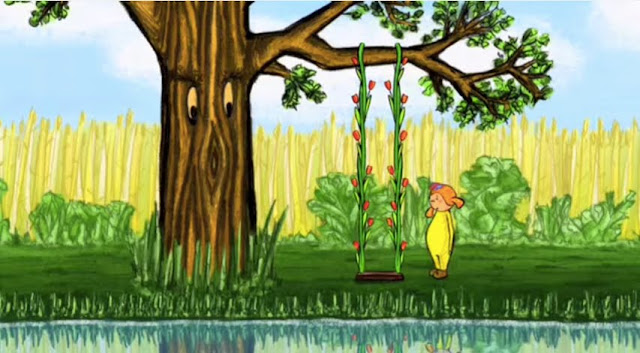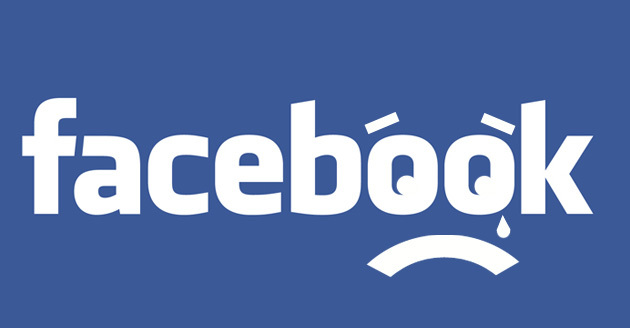Artcile 2 - Animation
Animation can be described as a process of creating an illusion of
motion by displaying consecutive images one after another with minimal change
in them, thereby making the viewers see change. It can be either in analogue
media such as a flip book, video tape and motion pictures or in digital media,
where it comes in the form of animated GIF, digital video and software
animation. The animations are usually displayed using a projector, computer or
a digital camera.


Animation and Student Learning:
Animation can be used as a medium of instruction due to its nature of
interactivity which bears a beneficial boost to the banality of passive
learning which comes with the traditional chalk-and-talk teaching method (Mayer, 2000). Several studies have
revealed that the students learning with visual animation aids outperformed the
ones learning from static graphics, such as algebra, biology and physics (Kim, 2007). Animated graphics have
gained popularity in recent times due to the belief that they are more
interesting, appealing and motivating. A study done in 2010 found that
animation increased academic performance among students while also helping them
with better interaction compared with recognition,
collaboration and problem solving (Sebastian,
2010).
Dynamic animation
can have a significant advantage in the promotion of learning success (Hoeffler, & Leutner, 2007) whereas
giving the learners control over
animation and can enhance the effect of animation-based learning environments (Betrancourt, 2005). Animation can also
greatly decrease the time spent of gathering information and retrieving it from
long term memory and reconstructing it in short-term memory by encouraging
organization. Today, internet is widely used by students of all levels
everywhere to obtain information, web pages often include animations of
different kinds to build interactivity with the users. Used rightly, animation
and its variants can make the learning process not only faster but also
reciprocal. The usage of animation can also influence a student’s cognitive and
academic skills while determining their social development in the learning
institution. With the onset of rapid
technological advancement in the current times, animation has not only
enveloped the media in different forms but also impacted our daily lives in the
areas of education, health care, business and technology.
~~~~~~~~~~~~~~~~~~~~~~~~~~~~~~~~~~~~~~~~~~~~~~~~~~~~~~~~~~~~~~~~~~~~~~~~~~~
References:
- Betrancourt, M. (2005). The animation and interactivity principles in multimedia learning. In R.E. Mayer (ed.), The Cambridge handbook of multimedia learning (pp. 287-296). Cambridge: Cambridge University Press
- Hoeffler, T. N., & Leutner, D. (2007). Instructional animation versus static pictures: A meta-analysis. Learning and Instruction, 17(6), 722-738.
- Kim, S. (2007), ‘The effect of animation on comprehension and interest’ Available online: https://www.tc.columbia.edu/faculty/bt2158/faculty-profile/files/nheeffectofanimationoncomprehensionandinterest.pdf Access Date: 25th April, 2017
- Mayer, R.E. (2000), ‘Multimedia Learning: Are we Asking the Right Questions?’ Educational Psychologist., 32(1)
- Sebastian T. W. (2010), ‘A STUDY ON THE IMPACT OF COMPUTER ANIMATION ON CHILDREN IN THREE CITIES OF KERALA (CALICUT, COCHIN & TVM)’ Available online: http://shodhganga.inflibnet.ac.in/bitstream/10603/3286/15/15_synopsis.pdf Access Date: 25th April, 2017

Comments
Post a Comment